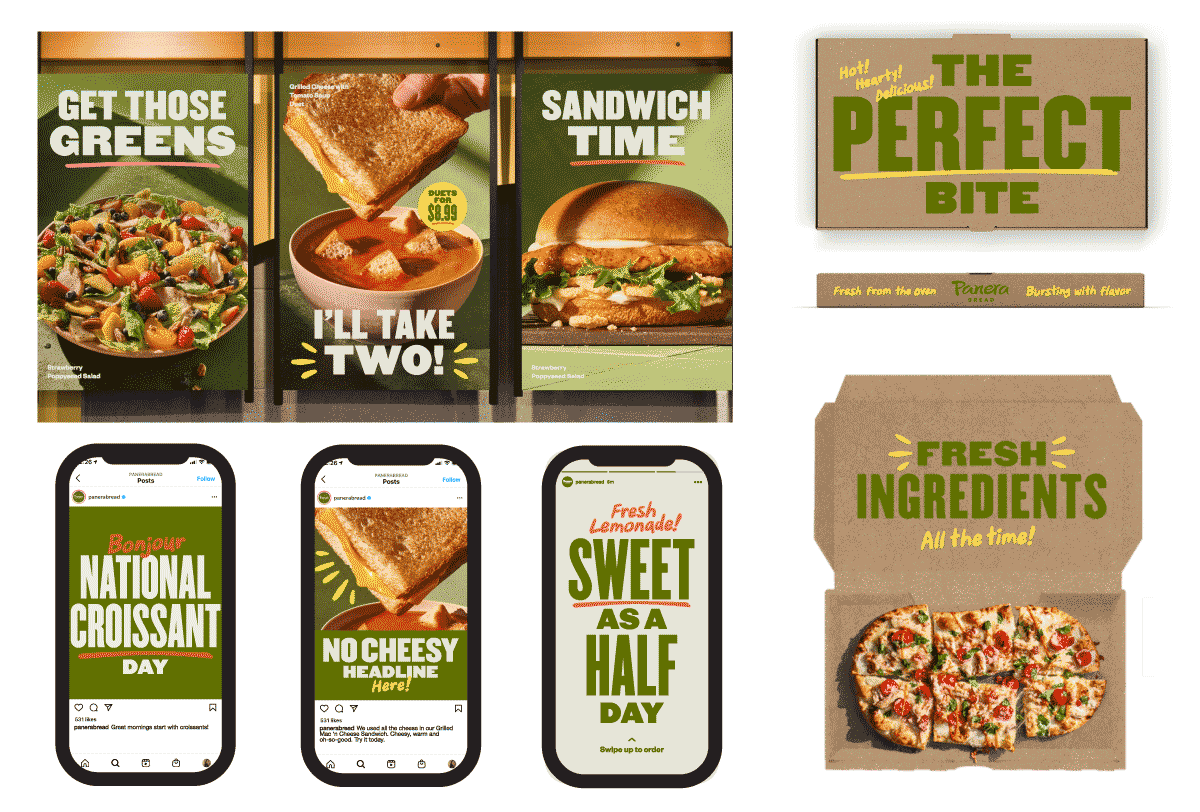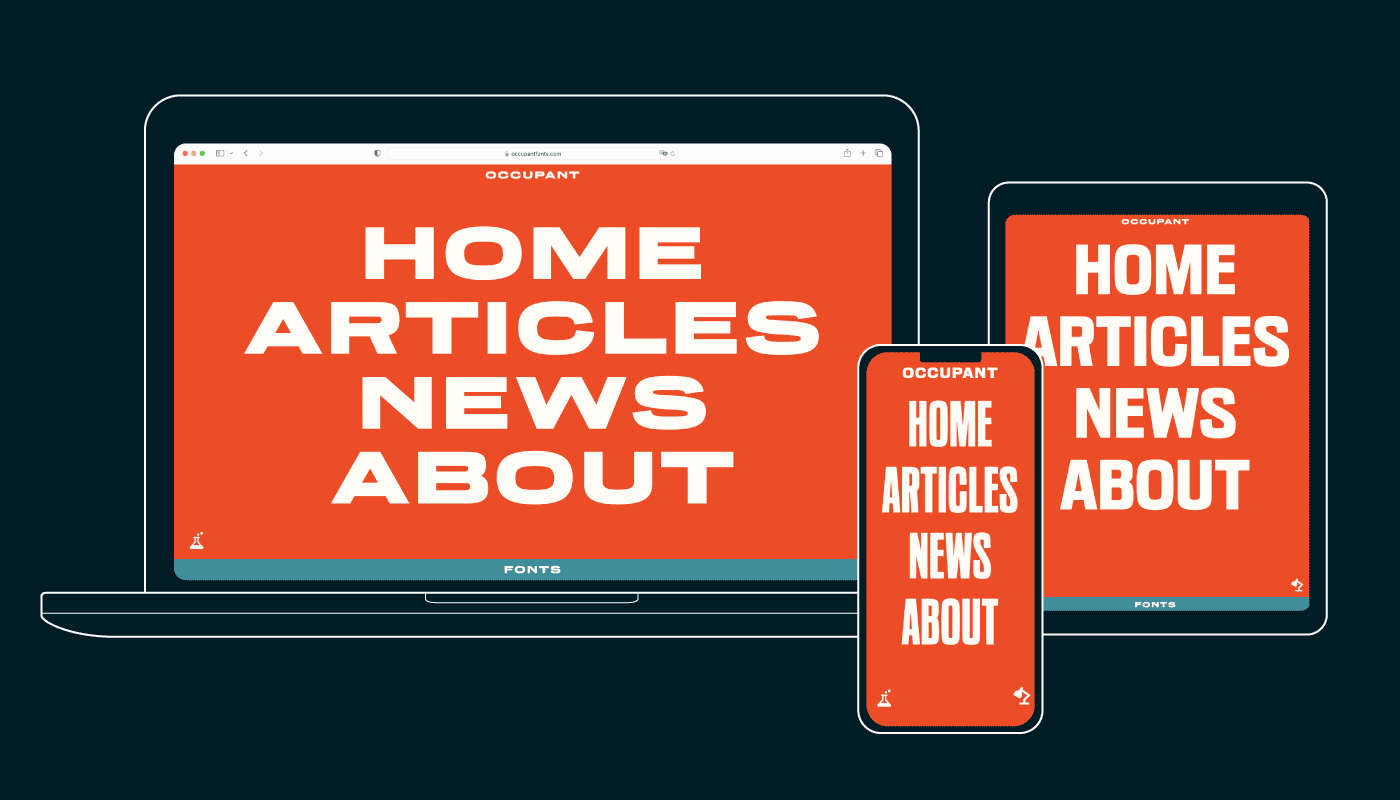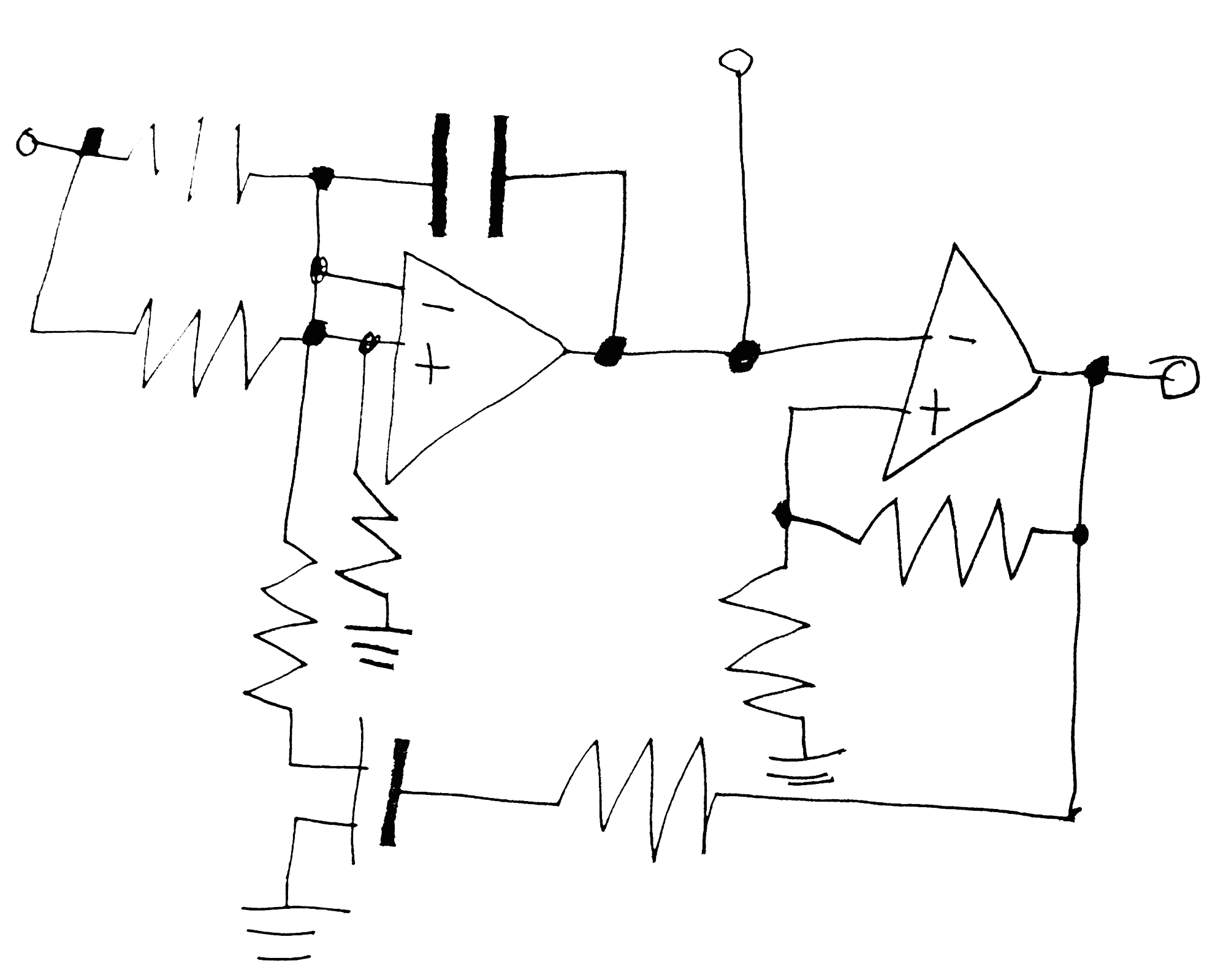Variable Fonts: a new interface for typographic expression
by Marie Otsuka, January 2023
Since the new Open Type format was released in 2016, variable fonts have been a rich area for design and research at Occupant Fonts. It’s clear that variable fonts offer new typographic opportunities, with sliders offering precise controls in wide range of axes. We share some work here that demonstrates some of these possibilities, including customized axes for branding, refined reading experiences for digital publishing, and the freedom to expand typographic combinations.
We are also curious about the ways in which variable fonts can be activated beyond sliders. What is most promising about variable fonts is not necessarily a new way to select a font style — a slider replacing a dropdown menu — but rather, the ability to programmatically specify a precise point in a font’s design space. We have been collaborating with designers to produce experimental web specimens that use variable fonts with fresh perspectives, using variability as a medium in and of itself. We’re excited to expand the possibilities of the variable font format as a new means to connect with text.



